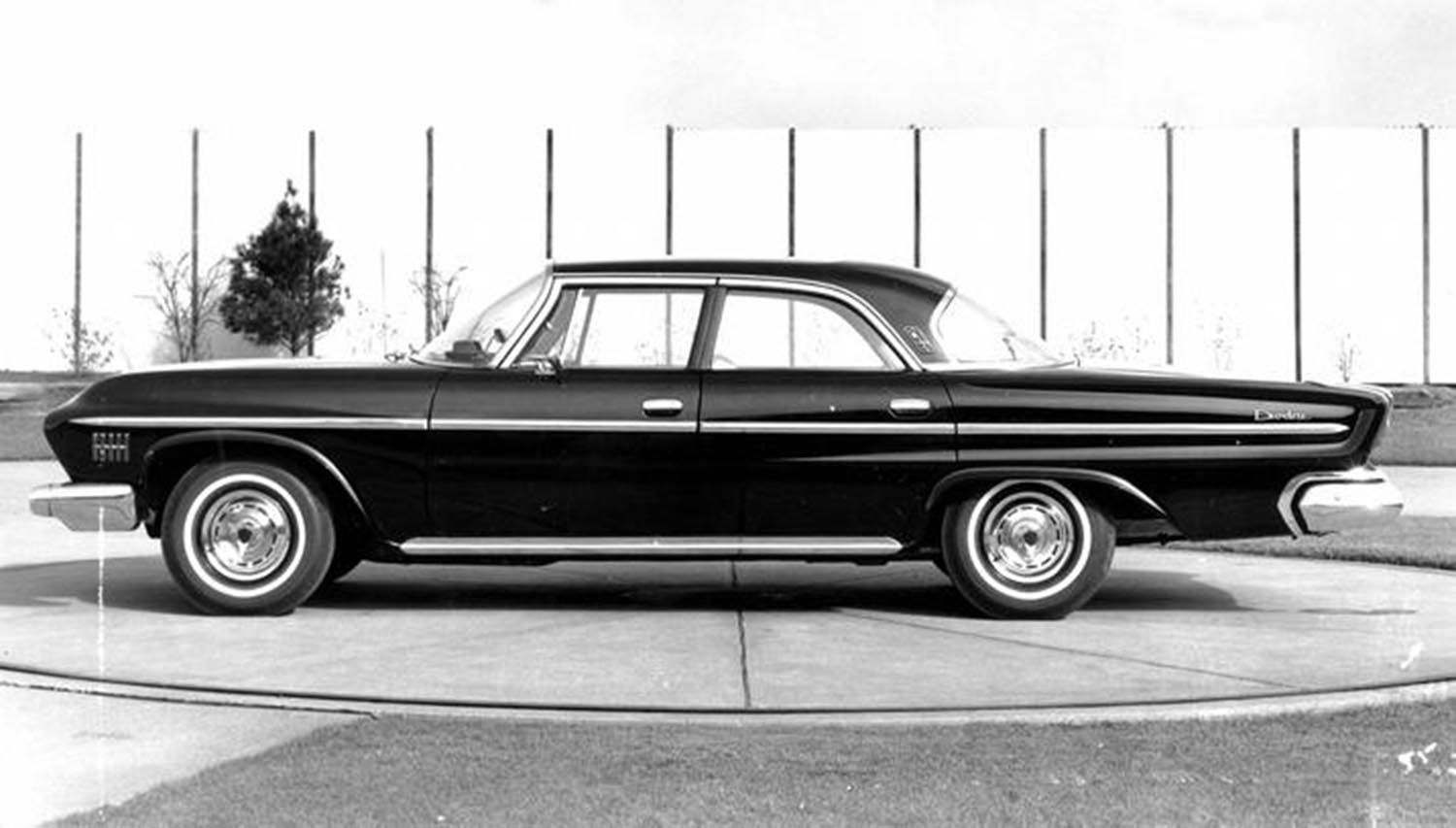
You might think every car follows a methodical, multi-year development cycle. The 1962 Dodge Custom 880 4-door history proves that sometimes, the best-known vehicles are born from sheer urgency. This full-size sedan was Chrysler’s rapid answer to a missing segment. It filled a gap left by miscalculation in Dodge’s lineup, making it a fascinating icon of corporate agility.
A Mopar Miscalculation
The drama began when Chrysler executives misread industry rumors. They assumed GM and Ford would downsize their full-size models for 1962. Dodge, reacting prematurely, shrank its Polara and Dart lines to a 116-inch wheelbase. When competitors released their full-sized cars, Dodge had none to offer, leaving dealers frustrated.
The Big Car Void
Dodge needed a legitimate full-size model to compete in the mid-price market. The recently discontinued DeSoto brand amplified this need. Engineers faced a near-impossible task: design and produce a proper big car in months rather than years. The result was one of Mopar’s most notable “parts-bin specials.”
The Rushed Assembly
Engineers performed a crash program, combining existing components. The main passenger compartment and rear quarters came from the 1962 Chrysler Newport. A modified front clip was borrowed from the 1961 Dodge Polara. This blend created the Custom 880 nearly overnight and gave Dodge a 122-inch wheelbase.
The January Debut
Production began on January 22, 1962, providing a traditional full-size car for mid-year buyers. The name, Custom 880, came from Dodge’s numerical naming system. Interestingly, only “Dodge” badges appeared on the exterior, with no “Custom 880” designation.
The Chrysler Connection
The Custom 880 shared more than sheet metal with the Chrysler Newport. Its interior styling and appointments were nearly identical, with the main difference in the dashboard. A modified 1961 Dodge/DeSoto instrument panel provided a spacious, well-appointed cabin.
Engineering and Comfort
Despite its rushed development, the car featured robust unitized body construction. Welding the body into a single structure increased strength and rigidity. This approach delivered a quiet and tight chassis, an advantage over traditional body-on-frame rivals.
The Legendary Torsion-Aire Suspension
Chrysler’s Torsion-Aire suspension was included. It used torsion bars in front and asymmetrical leaf springs in the rear. Experts praised the system for stability and smoothness, reducing lean and sway, making it a comfortable mile-eater.
Power and Performance Specs
The 1962 Dodge Custom 880 4-door came standard with a 361 cubic inch V8 engine. It featured a 9.0:1 compression ratio and a two-barrel carburetor, rated at 265 horsepower. A three-speed manual was standard, while most buyers preferred the three-speed TorqueFlite automatic with push-button controls. An optional 413 cubic inch V8 offered even more power.
A Continuing Legacy of Size
The Custom 880 line continued into the mid-1960s, receiving integrated custom styling by 1963. It remained Dodge’s full-size answer until the C-Body Polara platform debuted in 1965. The 1962 Dodge Custom 880 4-door holds a unique place as a product of necessity, rapid engineering, and creative adaptation.
Disclaimer: Content on this site is for informational purposes only. Vehicle specs, pricing, and availability may change. Always verify details with official sources before making decisions. Opinions are those of the authors.
Source: Stellantis
